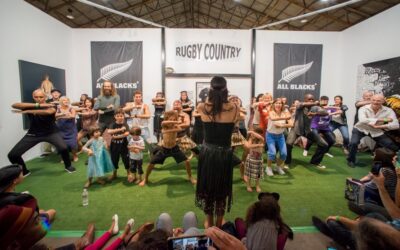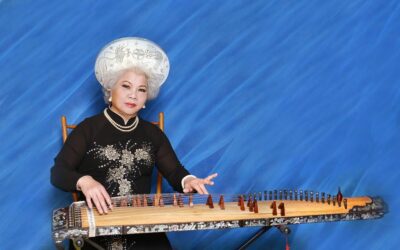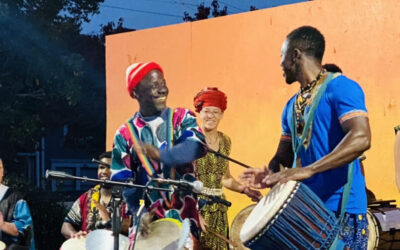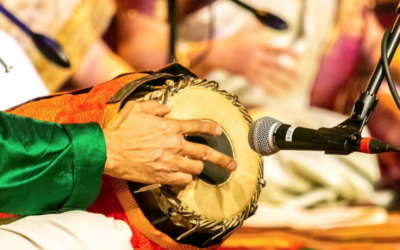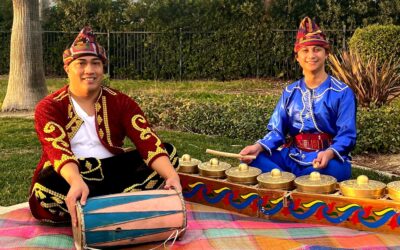Profile
Amelia Butler
Traditional Māori Performing Arts
Profile
Yen Nguyen
Vietnamese Opera (Cải lương)
Profile
Mamady “Wadaba” Kourouma
West African Traditional Djembe Drumming
Profile
Srinath Bala
South Indian Carnatic Percussion
Profile
Najite Agindotan
Rhythms of Ejo Masquerade
Profile
Marvin Marine
Maidu Songs and Handgame Tradition
Profile
Lal Singh Bhatti
Punjabi music and dance
Profile
Bernard Barros Ellorin
Music of the Southern Philippines
Moving the Traditional Arts Online
We are excited to welcome Nestor Guerrero to the ACTA team as the Sounds of California Archives and Media Intern based in Los Angeles! Nestor will be working with our LA team on our Sounds of California: Boyle Heights program, assisting…

